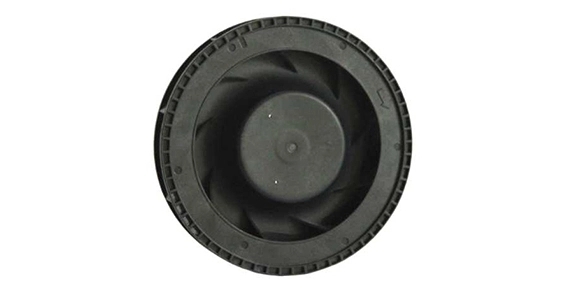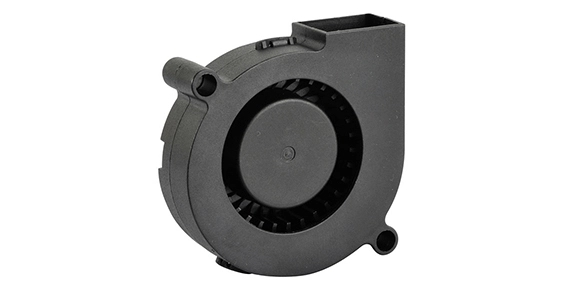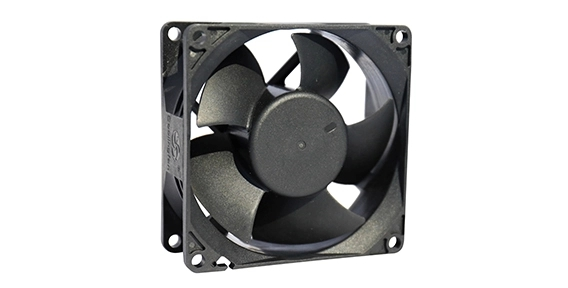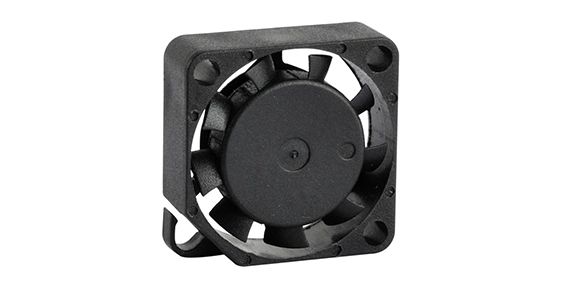Retrofitting Strategies for Different Centrifugal Blower Fan System
When it comes to retrofitting existing systems with centrifugal blower fans, it is important to consider the specific requirements and challenges of each system. Different strategies may be required based on various factors such as the age and condition of the system, the type of blower fan needed, and the desired outcome.
One common retrofitting strategy for existing systems is to replace old and inefficient fan systems with newer, more energy-efficient centrifugal blower fans. This can result in significant energy savings and improved system performance. In some cases, it may be necessary to modify the existing ductwork or air handling system to accommodate the new blower fan.
Another retrofitting strategy is to add the centrifugal blower fan to existing systems that lack sufficient airflow or ventilation. This may be necessary in industrial settings where proper air circulation is crucial for worker safety and equipment efficiency. By adding additional blower fans, the system can be optimized to meet the specific airflow requirements of the space.

Addressing Centrifugal Blower Fan Noise Reduction and Vibration Issues
Centrifugal blower fans can sometimes generate noise and vibration, especially in older systems. This can be a nuisance for workers and may even pose a health risk if the noise levels exceed recommended limits. When retrofitting existing systems with centrifugal blower fans, it is important to address noise reduction and vibration issues.
One strategy is to use soundproof enclosures or barriers to reduce noise levels. These enclosures can be designed to fit around the blower fan and effectively block out the noise. Additionally, vibration isolation mounts or pads can be installed to minimize vibrations and prevent them from transferring to the surrounding structure.
Centrifugal Blower Fan Performance Testing and Continuous Monitoring
To ensure the successful retrofitting of the axial cooling fan in existing systems, it is crucial to conduct performance testing and continuous monitoring. Performance testing allows for the evaluation of the blower fan's efficiency, airflow capacity, and overall performance. This information can help identify any potential issues and allow for adjustments or modifications to improve system performance.
Continuous monitoring of the blower fan's performance is equally important. This can be achieved through the use of sensors and monitoring equipment that track various parameters such as airflow, pressure, and motor performance. By continuously monitoring these factors, any deviations or abnormalities can be detected early on, allowing for prompt maintenance or repairs to prevent system failures.
Retrofitting existing systems with centrifugal blower fans can provide numerous benefits, including improved energy efficiency, enhanced airflow, and better overall system performance. However, it is essential to carefully consider the specific requirements and challenges of each system to determine the most suitable retrofitting strategy.
Addressing issues such as noise reduction and vibrations is vital to creating a comfortable and safe working environment. Utilizing soundproof enclosures and vibration isolation mounts can significantly reduce these problems.
Performance testing and continuous monitoring are important aspects of retrofitting with centrifugal blower fans. By ensuring the blower fan's efficiency and monitoring its performance over time, potential issues can be identified and addressed promptly.
In summary, retrofitting existing systems with centrifugal blower fans can be a cost-effective and efficient solution for improving airflow, ventilation, and overall system performance. With the right strategies and monitoring systems in place, the retrofitting process can lead to significant energy savings and improved working conditions.


 EN
EN 

 +
+
 +
+
 +
+



